When you go into a bookstore anytime in the last decade you have probably seen the “FANTASY/SCI-FI” section and it is all lumped together.
Aren’t those two things different you ask? Does it bug you that they don’t get treated differently?
After all, just a few years ago you could walk into a bookstore and see a section called “Teenage paranormal romance” where young people would fall in love with vampires and werewolves or be torn between those two.
So why is it that teenage paranormal romance gets to be off by itself and these two genres get lumped?
First, maybe we want to readers of that paranormal stuff to not be in the mix with anyone else. Maybe it is just better that way. They probably don’t want to mingle with sci-fi readers, and perhaps vice versa.
Second, Fantasy and Science Fiction do overlap in ways. They are books or series of books that create a world that differs greatly from the one we live in. One were characters aren’t bound by the laws of physics or even magic or lack thereof that we have in our daily lives.
These genres offer a specific type of escape that some readers (like me) are craving. I don’t care if it “isn’t believable” that someone can cast a fireball spell or travel faster than light. I just want a compelling story. If I wanted “believable” I’d head over to action thriller, or pure fiction. I’m here for the fantastical, that that’s why those two get put together in my opinion. And honestly, I hope it stays that way!
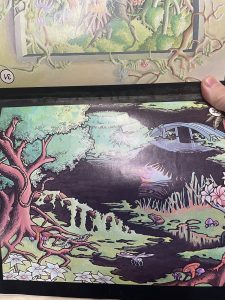 Check out the cover, and one of the interior photos of my personal copy of Expedition to the Barrier Peaks for AD&D written by Gary Gygax himself.
Check out the cover, and one of the interior photos of my personal copy of Expedition to the Barrier Peaks for AD&D written by Gary Gygax himself.
Maybe someday at a Con I can run this adventure as a DM and convince Luke Gygax to participate!

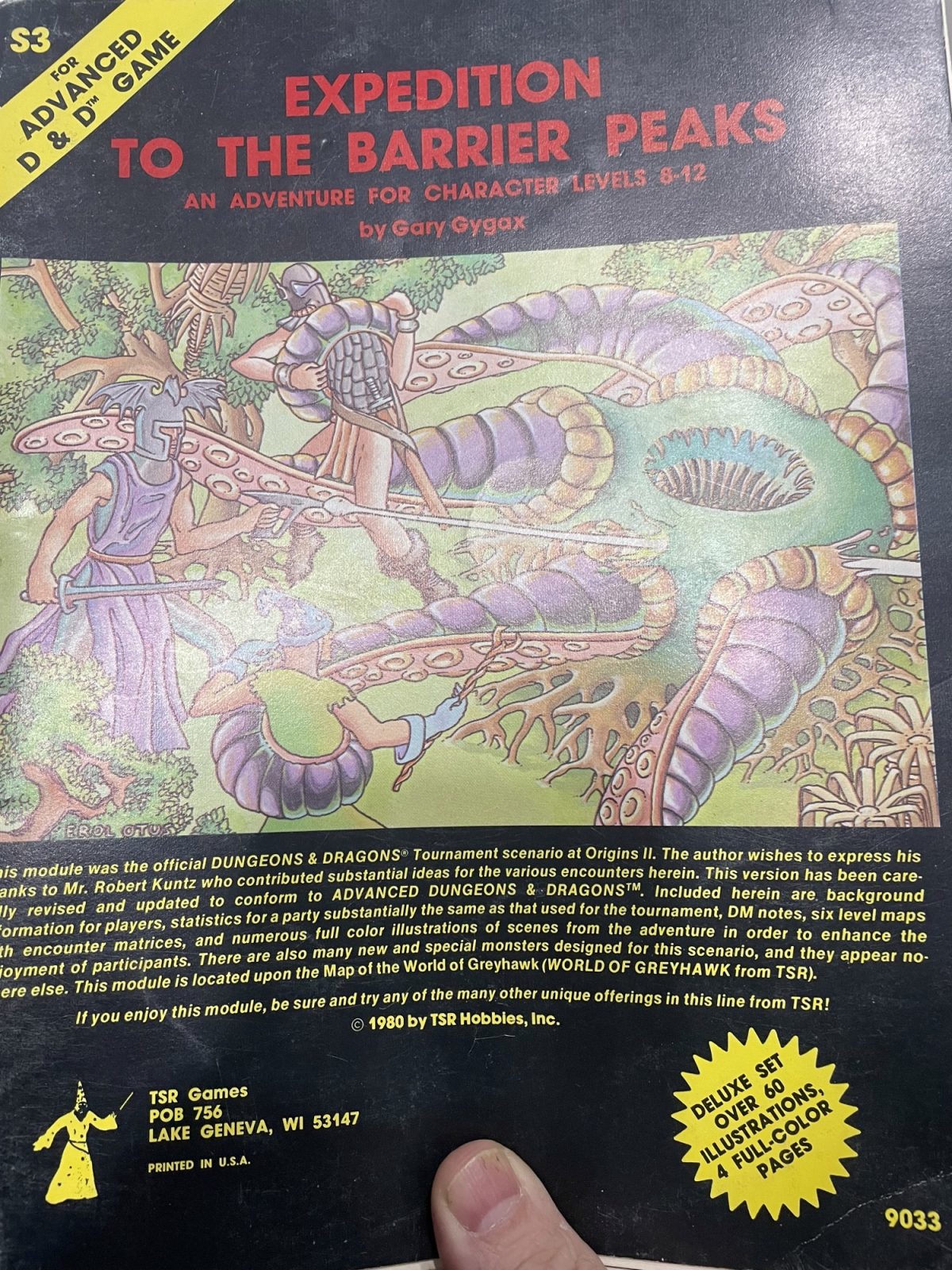
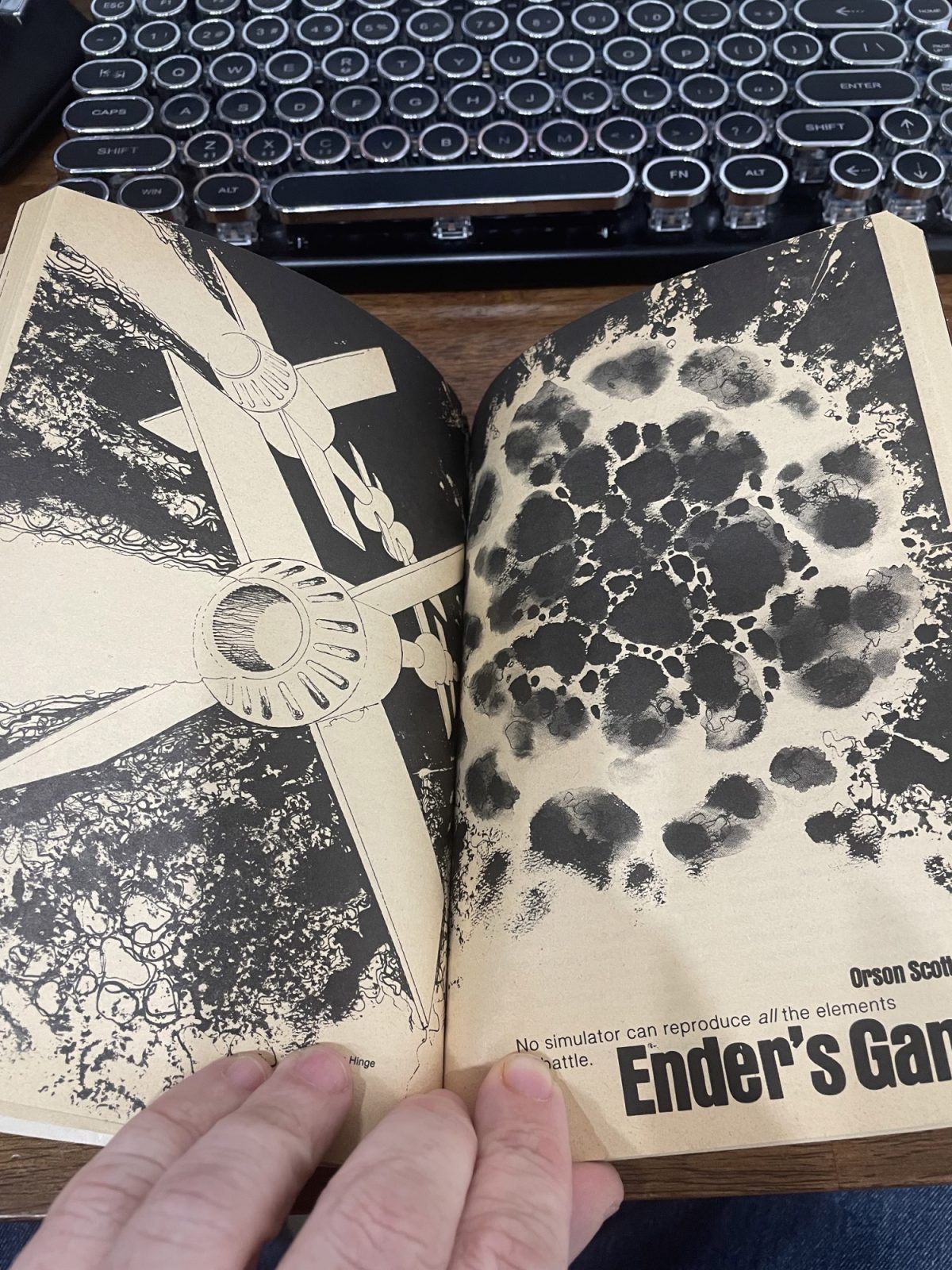
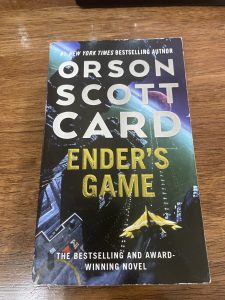 Ender’s Game by Orson Scott Card gets thrown around as a name among the best sci fi books ever. Maybe it is, maybe it isn’t, but it does have an interesting story line and really interesting history if you are a writer, or just someone who is a writing enthusiast.
Ender’s Game by Orson Scott Card gets thrown around as a name among the best sci fi books ever. Maybe it is, maybe it isn’t, but it does have an interesting story line and really interesting history if you are a writer, or just someone who is a writing enthusiast.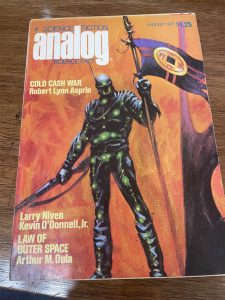
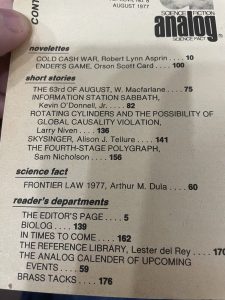 I happen to have a copy of that issue of Analog, and take a look for yourself!
I happen to have a copy of that issue of Analog, and take a look for yourself!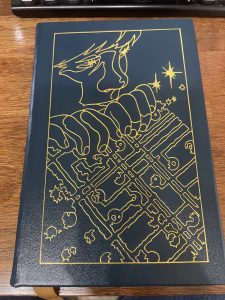
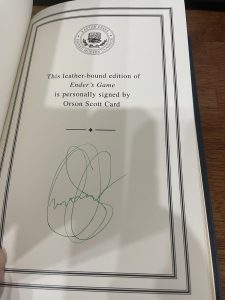
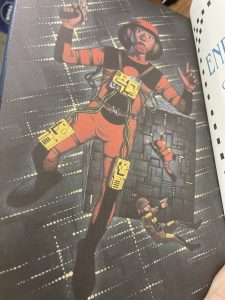
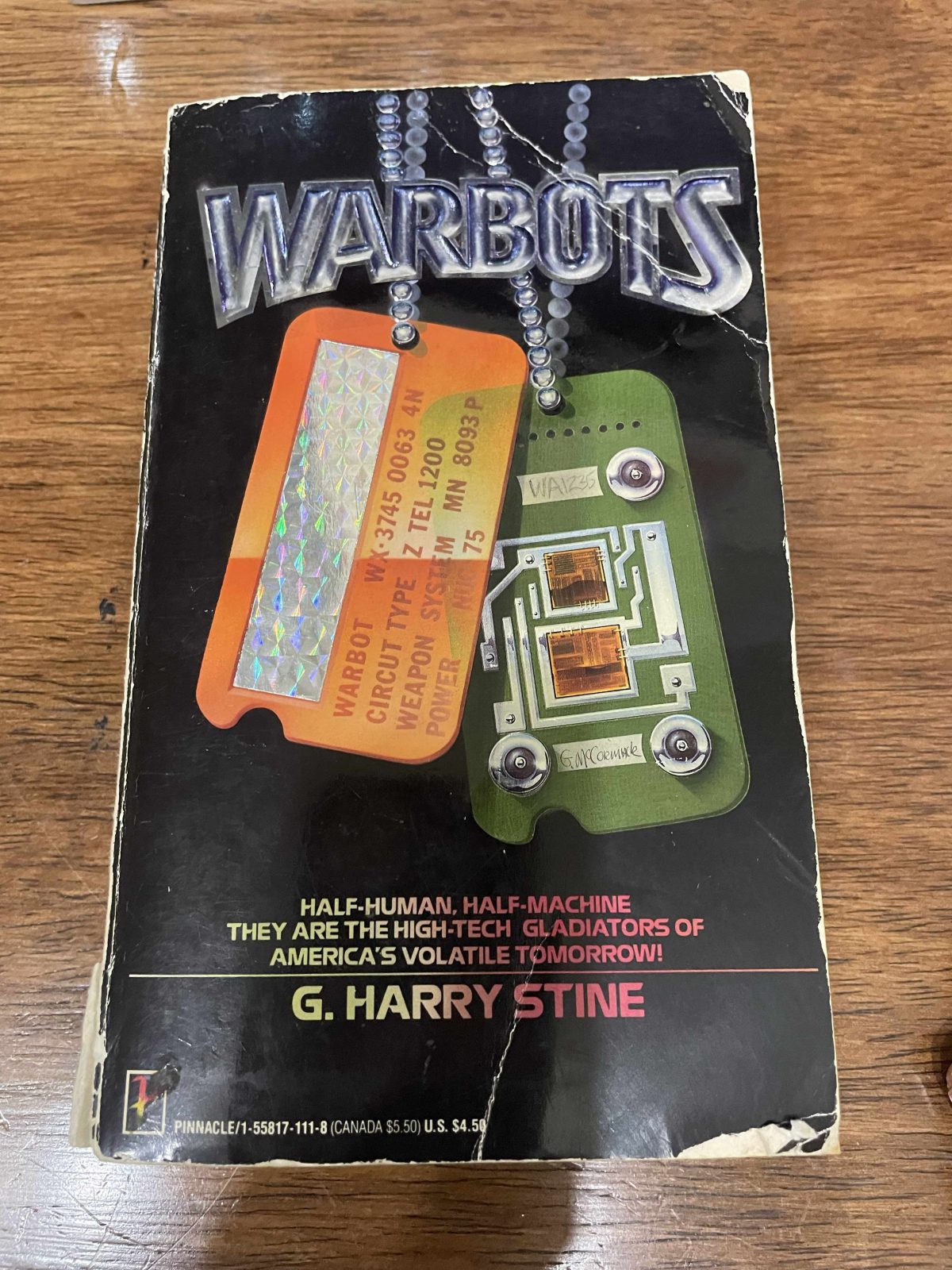
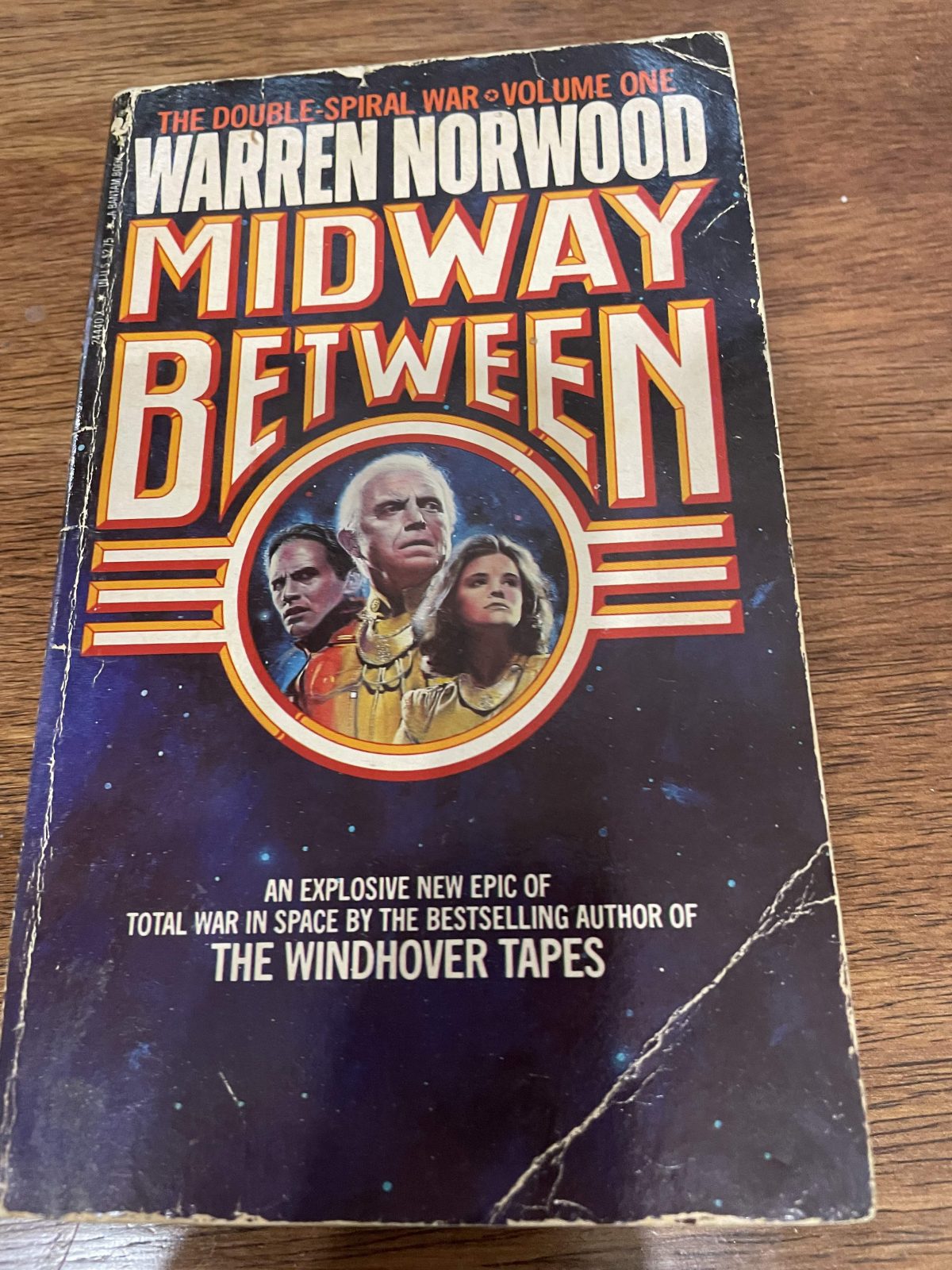
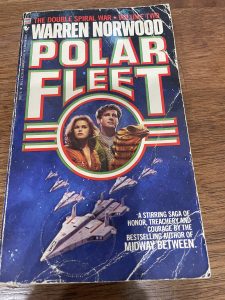 I would write it differently as I’m not that into the conquering hero kinds of stories, but I guess Star Trek already did that and it worked out better than it did for this particular trilogy.
I would write it differently as I’m not that into the conquering hero kinds of stories, but I guess Star Trek already did that and it worked out better than it did for this particular trilogy.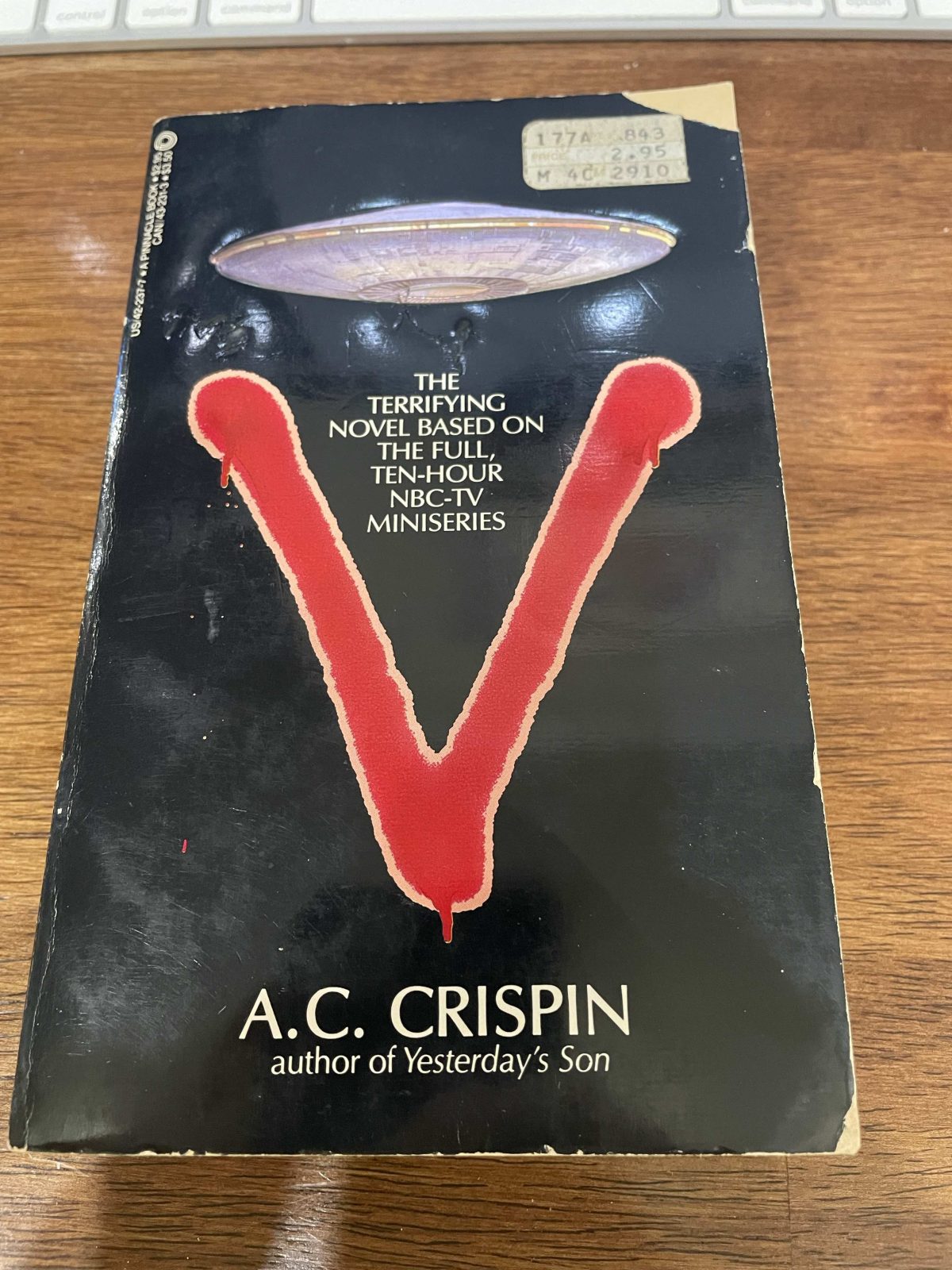
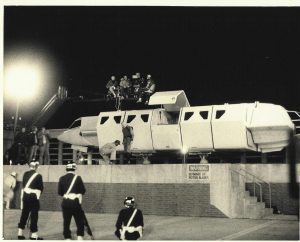
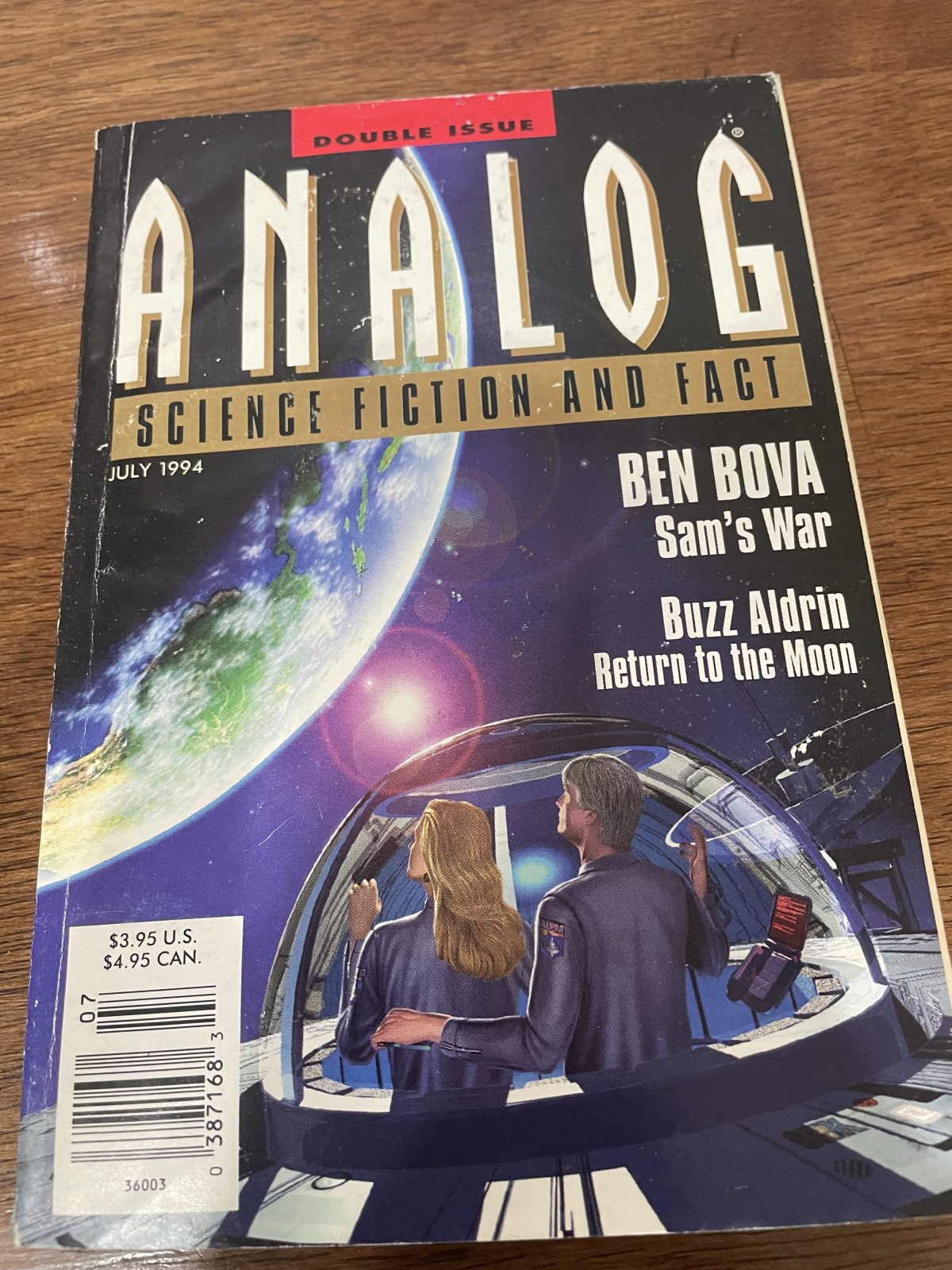
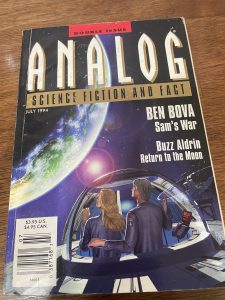 Analog Science Fiction and Fact magazine would occasionally come in double issues. The July 1994 edition was one of those.
Analog Science Fiction and Fact magazine would occasionally come in double issues. The July 1994 edition was one of those.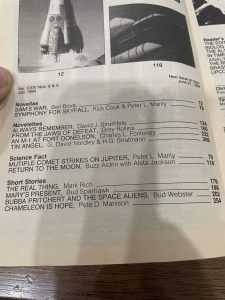
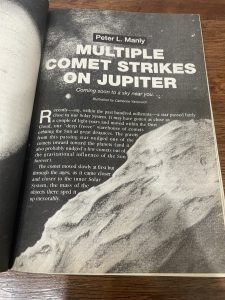 The short stories are always fun, in this one there are four, none stand outs but nice short diversions for an hour or two.
The short stories are always fun, in this one there are four, none stand outs but nice short diversions for an hour or two.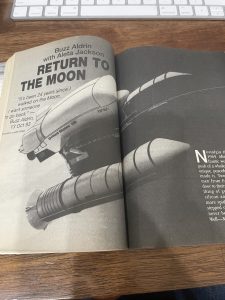 The other is by Buzz Aldrin (yeah that guy) about getting humans back to the moon. Why we should do it, and what will it take now (ok in the 90s) versus in the late 1960s. It was really informative and I think someday we will be back on the moon, but I have no idea when. But perhaps this time we can stay longer and learn more!
The other is by Buzz Aldrin (yeah that guy) about getting humans back to the moon. Why we should do it, and what will it take now (ok in the 90s) versus in the late 1960s. It was really informative and I think someday we will be back on the moon, but I have no idea when. But perhaps this time we can stay longer and learn more!